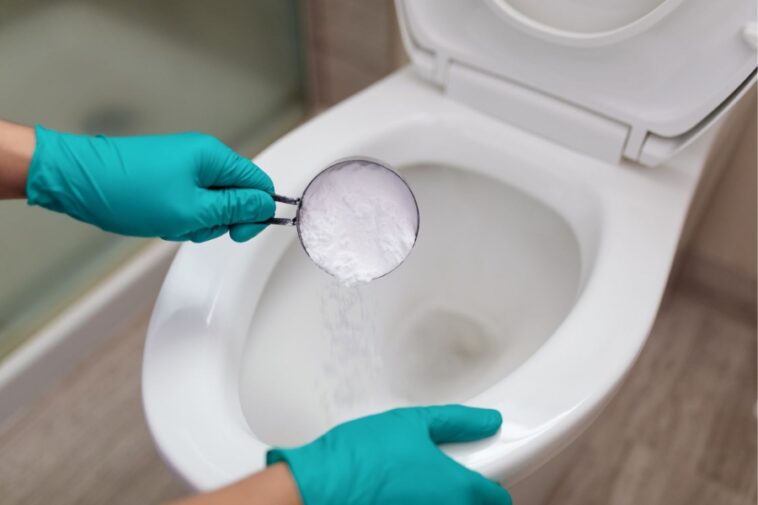Dealing with clogged toilets is a frustratingly familiar issue that many households encounter, often causing anxiety and inconvenience. While the trusty plunger remains a popular choice for tackling blockages, there exist numerous alternative strategies that can effectively clear a toilet without its use.
Whether you are caught unprepared without a plunger or simply exploring different solutions, this comprehensive guide aims to provide you with a variety of practical methods to address the problem and restore full functionality to your toilet.
Method 1: Using a Plunger
When it comes to unclogging a toilet, a plunger is the most reliable tool. Here’s how to use it effectively:
- Choose the Right Plunger: The best plunger for toilets is a flange plunger, which has an extended rubber lip designed to create a strong seal over the toilet drain.
- Prepare the Area: Place towels or newspapers around the base of the toilet to catch any spills. If the water level is high, wait for it to recede or use a container to remove some of it, leaving enough water to cover the plunger’s head.
- Plunge Correctly: Insert the plunger into the toilet bowl, ensuring the rubber lip fits snugly over the drain. Start by pushing gently to release the air inside the plunger, then use quick, forceful pushes. Maintain the seal and continue plunging until the water starts to drain. This may take several attempts, so be patient.
- Test the Flush: Once the water begins to drain, try flushing the toilet. If it flushes smoothly, the clog is cleared. If not, repeat the plunging process.
Method 2: Hot Water and Dish Soap
If you don’t have a plunger on hand, hot water and dish soap can work wonders for breaking down clogs:
- Heat the Water: Boil a pot of water and let it cool slightly. Pouring boiling water directly into the toilet can crack the porcelain, so ensure it’s hot but not scalding.
- Add Dish Soap: Squeeze a generous amount of dish soap into the toilet bowl. The soap acts as a lubricant, helping to break down the clog and allow it to slide through the pipes more easily.
- Pour the Hot Water: Slowly pour the hot water into the toilet from waist height. The force of the water combined with the soap should help dislodge the clog. Wait a few minutes and then try flushing. If necessary, repeat the process.
Method 3: Baking Soda and Vinegar
This natural cleaning duo is effective for more than just kitchen clean-ups:
- Add Baking Soda: Pour about one cup of baking soda into the toilet bowl.
- Pour in Vinegar: Slowly add one cup of white vinegar to the toilet. The mixture will fizz and bubble as it works to break down the clog. Allow it to sit for 30 minutes to an hour.
- Flush with Hot Water: Pour hot water (not boiling) into the toilet to help push the mixture through the pipes. Flush to see if the clog has cleared. Repeat if necessary.
Method 4: The Wire Hanger
If the clog is particularly stubborn or if the above methods fail, a wire hanger can be a useful tool:
- Unwind the Hanger: Straighten out a wire hanger, leaving a small hook at one end. This will serve as your makeshift plumbing snake.
- Insert the Hanger: Carefully insert the hooked end of the hanger into the toilet drain. Gently push and twist the hanger to break up the clog or hook onto it to pull it out.
- Flush the Toilet: After dislodging the clog, flush the toilet to see if the water drains properly. If not, try using hot water or repeating the wire hanger method.
Prevention
Prevention is always better than cure. To reduce the chances of future clogs, avoid flushing items like wet wipes, paper towels, feminine hygiene products, or excessive toilet paper. Regular maintenance, such as using a toilet-safe cleaner, can also keep your pipes clear.
Dealing with a clogged toilet is never pleasant, but with these techniques, you can solve the problem with or without a plunger. Whether you use the tried-and-true plunger method, the chemistry of baking soda and vinegar, or the manual approach with a wire hanger, you can get your toilet back to working order fast and effectively. Remember that taking preventive actions will save you time and hassle in the future.





GIPHY App Key not set. Please check settings